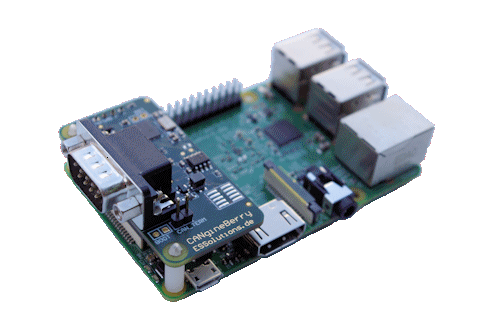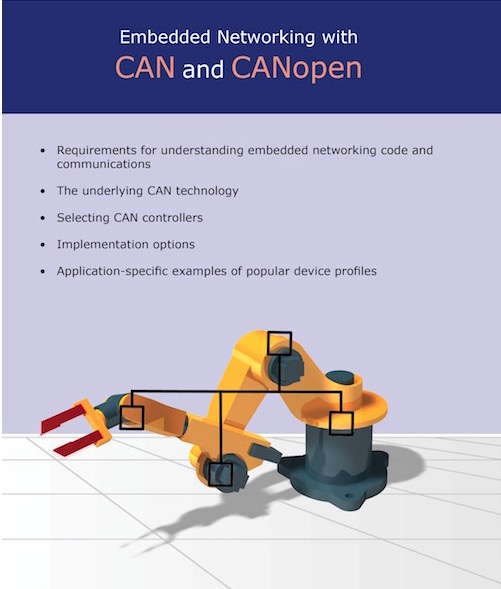Recent Posts
CANgineBerry - Active CANcrypt And CANopen Module For Raspberry Pi And Other Embedded Computing Platforms
Posted by on
The CANgineBerry CANopen is an active CAN co-processor module that uses a regular UART communication channel to connect to the host system. With its independent 32-bit microcontroller, the CANgineBerry can easily execute CAN protocols with tough timing demands such as CANcrypt or CANopen with response times of under 10 ms.
Depending on the configuration, the CAN communication can be up and running within 50 ms after power-on, even if the host system takes significantly longer to boot.
Available firmware options at launch include a generic minimal CANopen Manager/Controller and a CANopenIA Device both based on the CANopenIA implementation. A release of a CANcrypt version of the popular Lawicel protocol (SLCAN) is targeted for the next few weeks.
The connection to the host system requires only four pins: Two for power (5 VDC and two for the UART connection. The four-pin header row directly matches the Raspberry Pi pin layout, but also other common connectors, such as popular USB-to-UART converter chips/modules, if the correct voltage levels are applied (5 VDC supply, 3.3 VDC signals).
Technical data
- The CANgineBerry is equipped with a custom bootloader allowing the installation of one of the firmware packages provided by Embedded Systems Academy.
- Two LEDs (green and red) indicate the network connection status.
- EEPROM to store configuration data.
- CAN termination resistor activation per jumper.
- Utilizes on a Cortex-M0 microcontroller.
More Resources
CAN (Controller Area Network) is a serial communication protocol that was originally developed for the automobile industry. CAN is far superior to conventional serial technologies such as RS232 in regards to functionality and reliability and yet CAN implementations are more cost effective.
CANopen, a higher layer protocol based on CAN, provides the means to apply the ingenious CAN features to a variety of industrial-strength applications. Many users, for example in the field of medical engineering, opted for CANopen because they have to meet particularly stringent safety requirements. Similar requirements had to be considered by manufacturers of other equipment with very high safety or reliability requirements (e.g. robots, lifts and transportation systems).
Providing a detailed look at both CAN and CANopen, this book examines those technologies in the context of embedded networks. There is an overview of general embedded networking and an introduction to the primary functionality provided by CANopen. Everything one needs to know to configure and operate a CANopen network using off-the-shelf components is described, along with details for those designers who want to build their own CANopen nodes.
The wide variety of applications for CAN and CANopen is discussed, and instructions in developing embedded networks based on the protocol are included. In addition, references and examples using MicroCANopen, PCANopen Magic, and Vector's high-end development tools are provided.
 Loading... Please wait...
Loading... Please wait...


